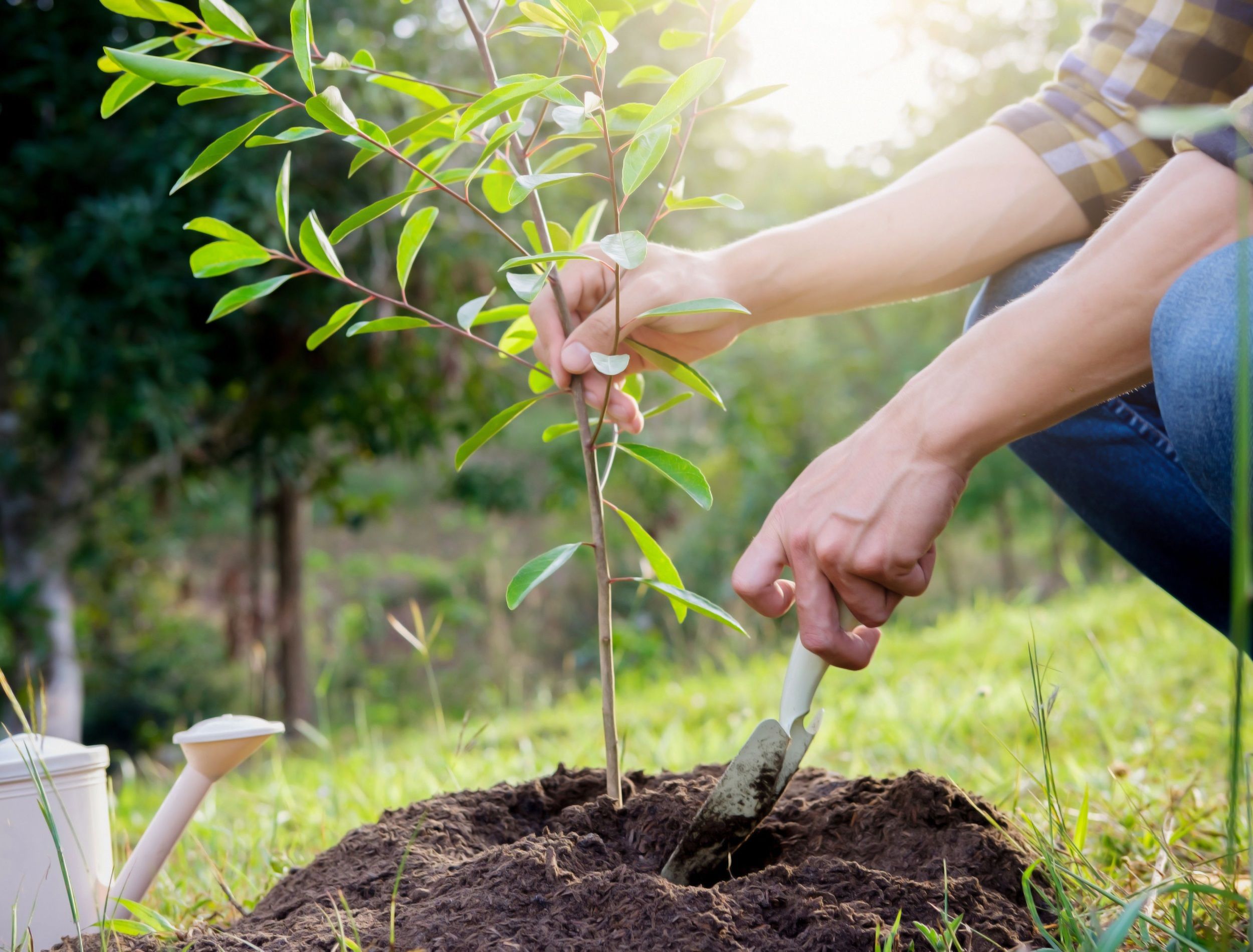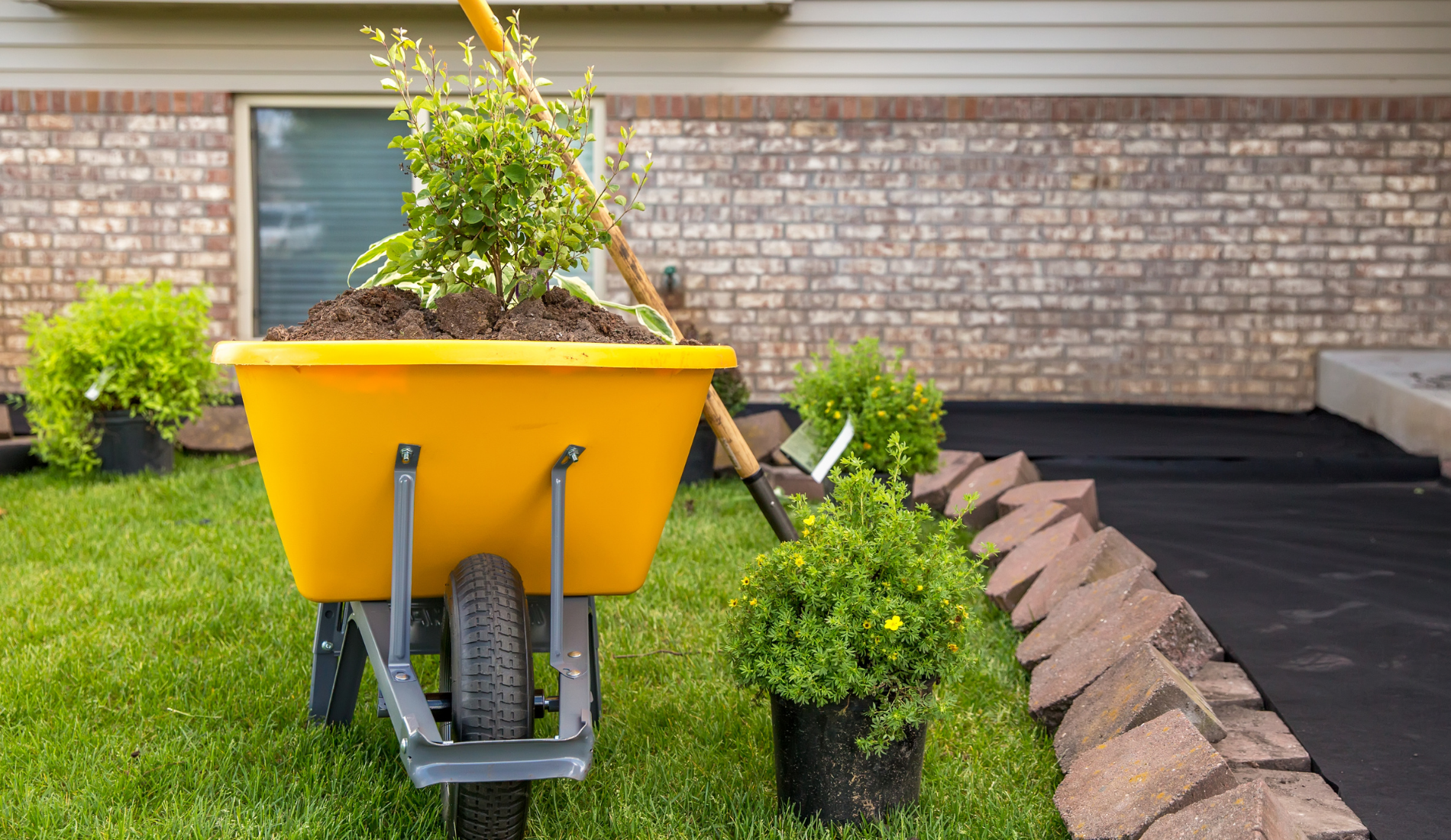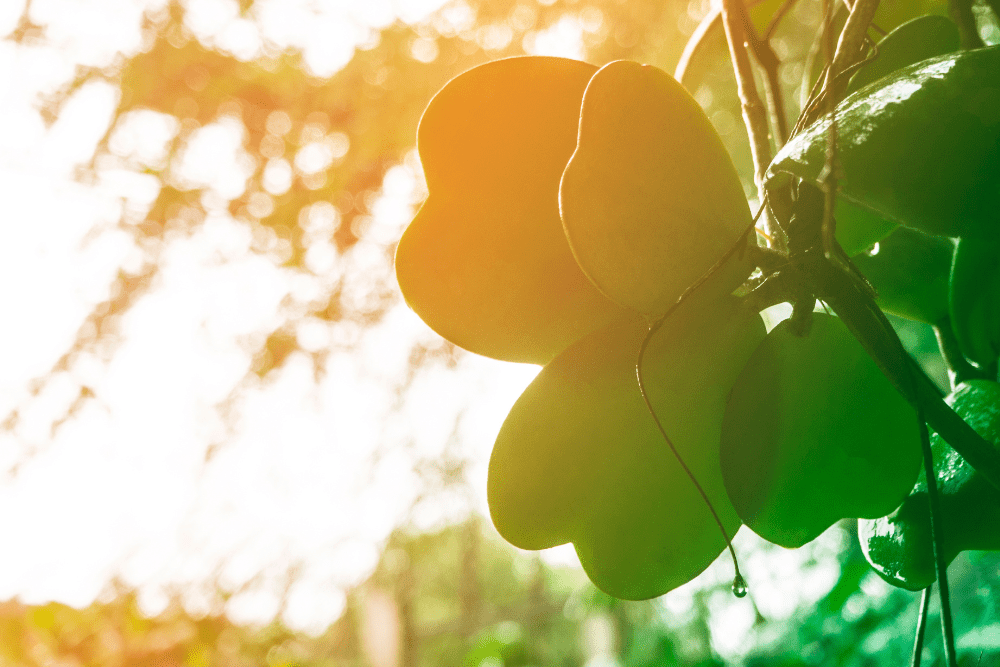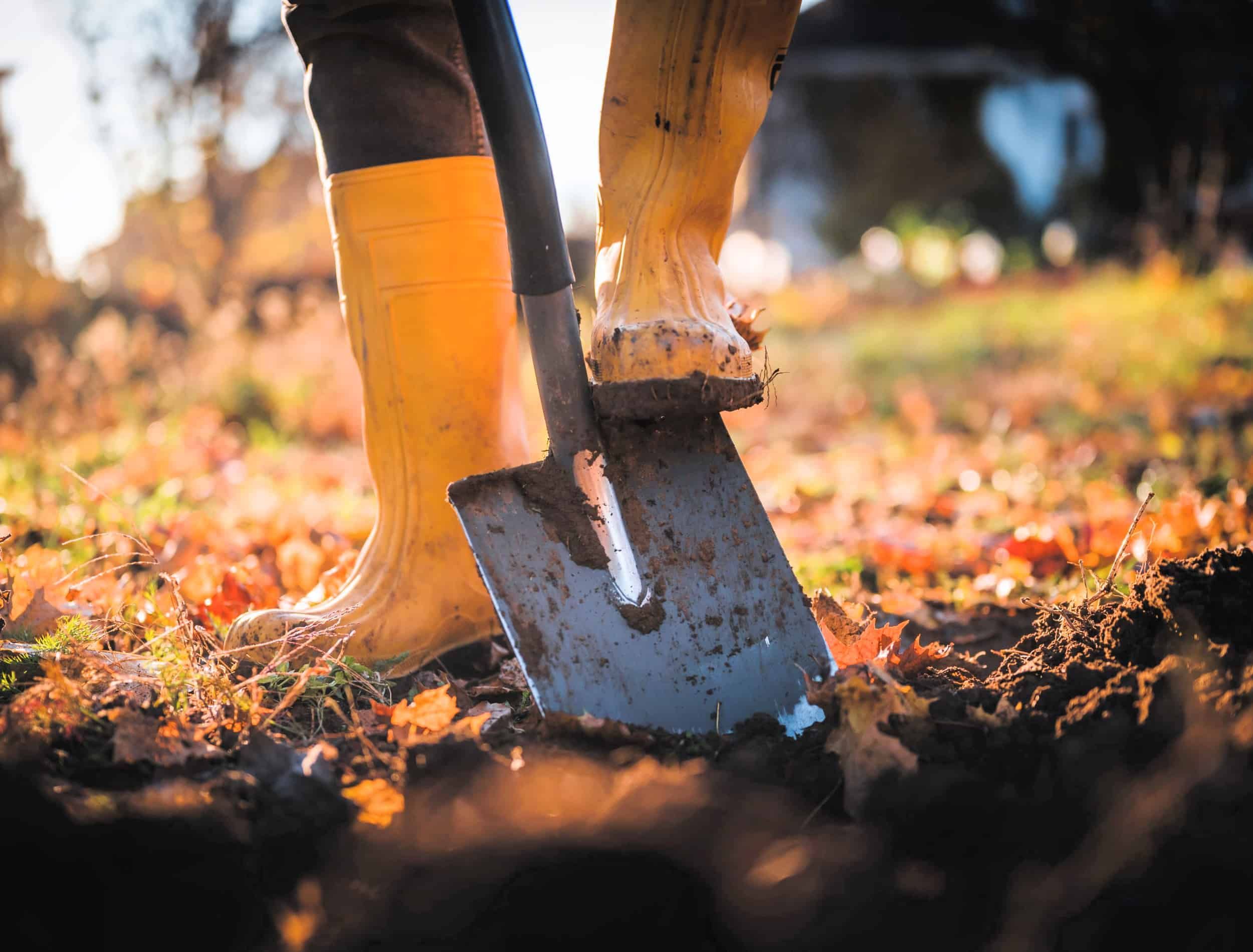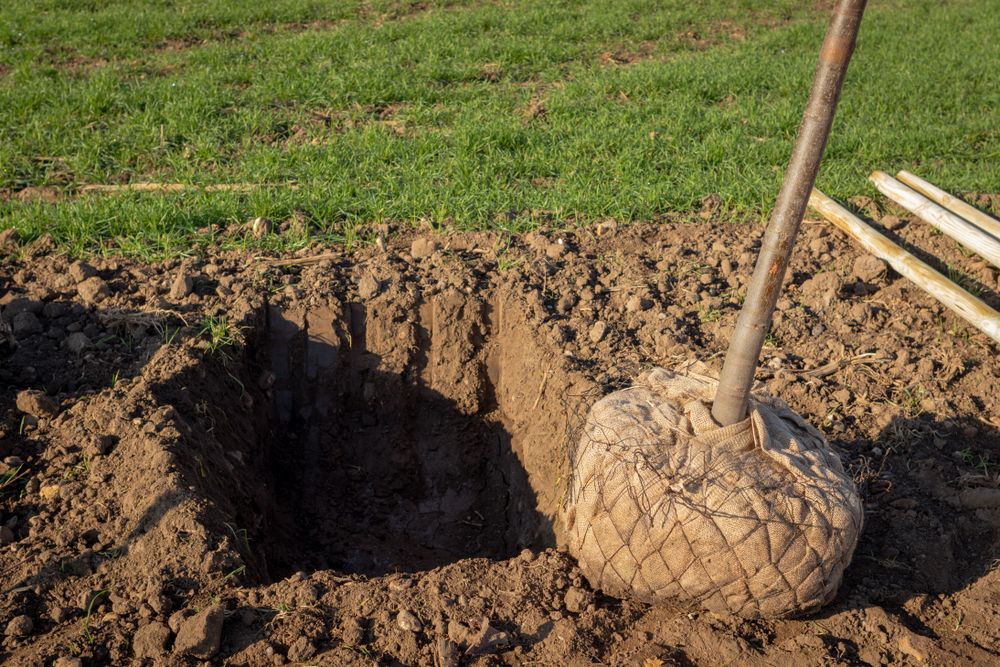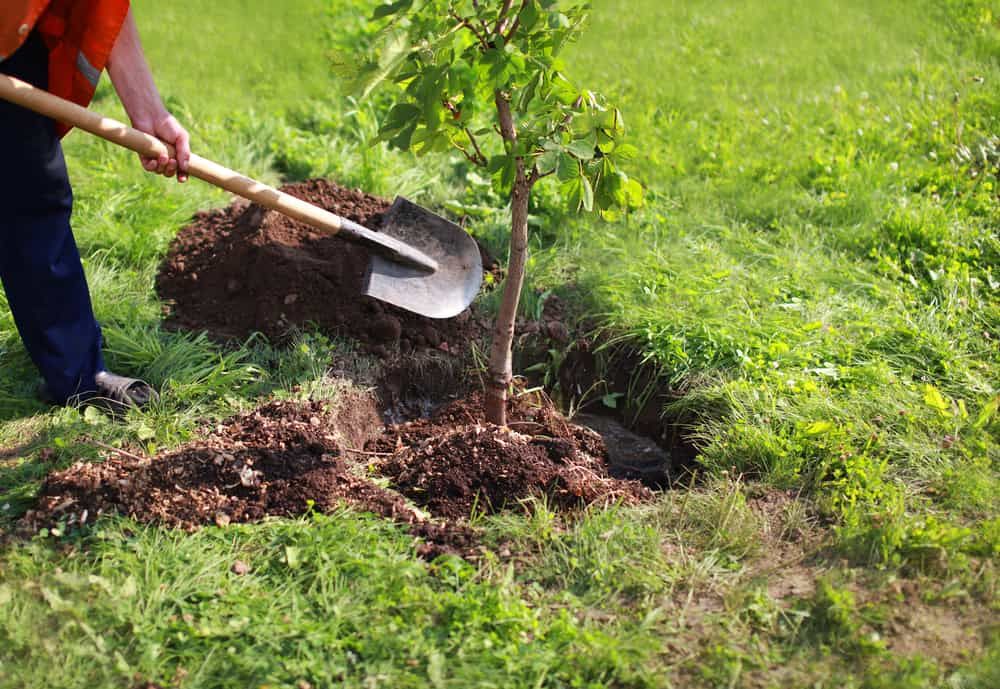It's the time of year when many people are looking to add plants and trees to their yards. However, if you're not careful, you could end up with a mess on your hands.
There is more to planting trees and shrubs than just digging a hole and throwing them in. In order for your plants to thrive, you need to give some thought to the process and consider the specific needs of each type of plant. Here are a few tips on how to properly plant trees and shrubs so you can enjoy them for years to come. Read on for more information!
What You’ll Need
Image credits: emholk via Canva
When it comes to planting trees and shrubs, there are a few key things that you’ll need to make the job easier and ensure your plants thrive.
- Shovel
- Shrub and/or tree of your choice
- Organic matter
- Mulch
Step-by-Step Guide to Planting Trees and Shrubs
For beautiful landscaping, trees and shrubs are essential, but planting them improperly can lead to problems down the road. Here's a step-by-step guide on how to plant trees and shrubs properly so you can enjoy their beauty!
Step One – Get Your Timing Right
Image credits: olaser via Canva
In order to ensure your trees and shrubs prosper, you need to plant them between the fall and spring (October to April.) This is because the soil temperature are lower during these seasons, meaning that less water will evaporate from the ground. Additionally, the cooler temperatures and rain helps shrubs and trees grow their roots, making it simpler to adapt to severe heat or drought in the summer months.
And if you think that young trees can’t withstand the winter, you couldn’t be more wrong! Contrary to popular belief, trees actually go dormant during the winter months, just like hibernation. During this sleep period, their growth and energy consumption slow down dramatically, and they don’t require much extra care. In fact, it’s safe to plant new trees until the ground becomes frozen solid – typically after your first hard frost of the season. So don’t fear the winter – embrace it and get planting!
If your worried about planting in late fall because the ground will be hard to dig up, just make sure you prepare! You can always pre-dig your holes and save the soil is a safe place for later use - preferably your garage.
Step Two- Location
Image credits: linyoklin via Shutterstock
The second thing that you need to do when planting a tree or shrub is to choose an appropriate location. You should try to pick a spot on your property where your plant will get plenty of sunlight each day. Ideally, you want at least six hours of direct sunlight everyday to get the most out of your plants. Additionally, you should avoid planting them too close to any structures on your property, as hefty roots can cause damage over time.
Step Three- Site Prep
Image credits: Peter Kniez via Shutterstock
When preparing the planting site for your trees and shrubs, you need to make sure that there is enough space for the roots to grow. This means digging a large hole in the ground that is the height of the root ball and at least three times the diameter.
Step Four- Preparing the Root Ball
Image credits: Kaca Skokanova via Shutterstock
Before planting any trees or shrubs, you should also take steps to prepare their root balls for transplanting. When buying new plants, remove the covering (if needed) and check that they are not pot-bound - this means that their roots have been growing around in circles inside their containers without having room to spread out. If you see any roots growing in circles, you should break them up before planting the plant. This part shouldn’t be done with magnolia and eucalyptus trees, as these trees don’t like their roots disturbed.
Step Five- Planting
Image credits: Guas via Shutterstock
To ensure the tree or shrub has a great chance of survival make sure to water them thoroughly before sticking them in the ground. At this point, you can go ahead and soak your bare-rooted trees or shrubs for about 30 minutes before planting. If your trees are in containers, you can also give them a good soaking prior to taking them out of their pots.
Place the plant in the hole, making sure that the top roots are level with the soil surface. Then fill in around the roots with soil and tamp down gently, taking care not to cover any parts of them completely. Now, stake the tree to prevent any wind damage.
It’s important to note that deep transplanting inhibits vital air movement to the roots and makes the lower trunk susceptible to disease - this can lead to weak tree or shrub formation. This is why it's important to take the proper steps when planting.
Step Six – Aftercare
Image credits: ronstik via Canva
Once your trees or shrubs are planted, you should water them again to help them get established. Be sure that you continue to water them regularly so that they can remain healthy, especially during their first few weeks of life when they may be extra vulnerable to drought conditions or other environmental stresses. Be careful, however- when planting in the fall and winter, your new trees and shrubs may not need an abundance of water, and you can risk waterlogging them if they're given too much.
It's also important to mulch around them to help keep moisture in and weeds out. You can use a layer of compost or grass clippings, just make sure to leave a 4-inch diameter around the woody stems. The key is to make sure that water can easily reach the roots of your plants without having to contend with pesky weeds taking their share as well.
Fertilizing is not necessary when first planting your trees or shrubs. However, feeding can be done a season after planting if the soil is inadequate.
Pruning and trimming distorted and warped trees is best done when the tree is still little and not yet fully established. You can remove any competing leaders and get rid of dead, damaged, or diseased wood. But do not prune your tree before winter comes as new growth won't survive the cold conditions.
By following these simple tips for properly planting trees and shrubs, you can ensure that your plants will thrive and grow into beautiful specimens in your yard or garden. With the right care and attention, your trees and shrubs can provide years of beauty and enjoyment for you and your entire family.
Don't Get Stumped!
Properly planting trees and shrubs can seem like a daunting task, but with a little bit of knowledge and preparation, it can be easy to do it right. By following the tips in this article, you can ensure that your plants will thrive and provide beauty for years to come. Do you have any tips or tricks to share? Leave them in the comments below!

